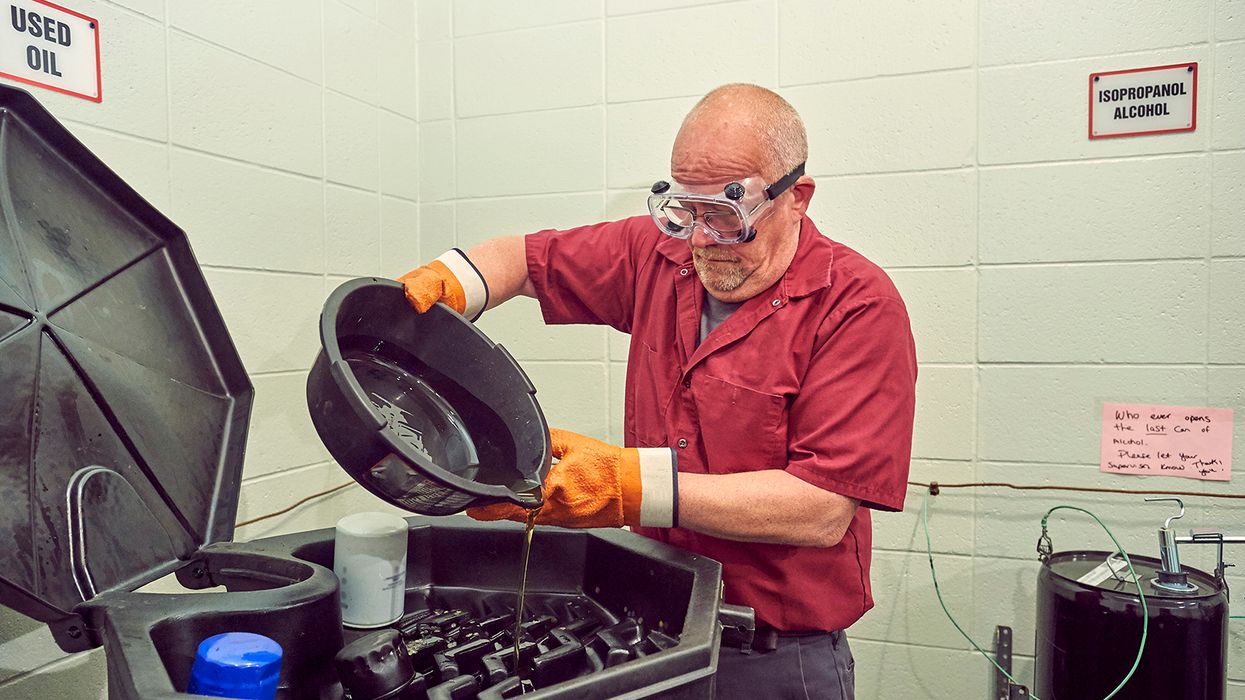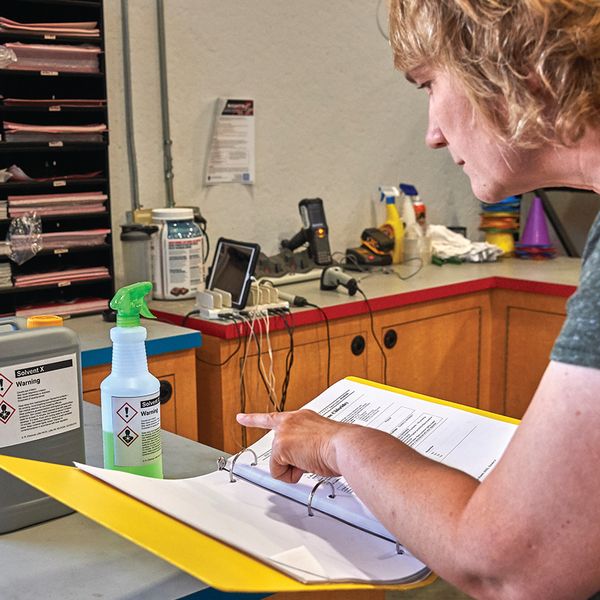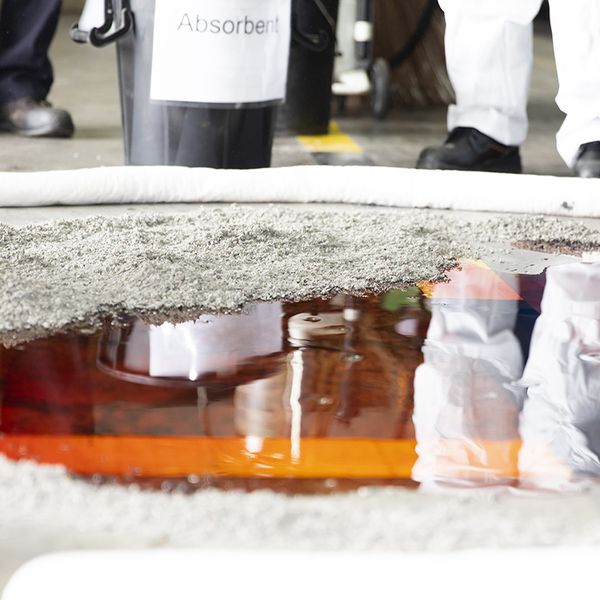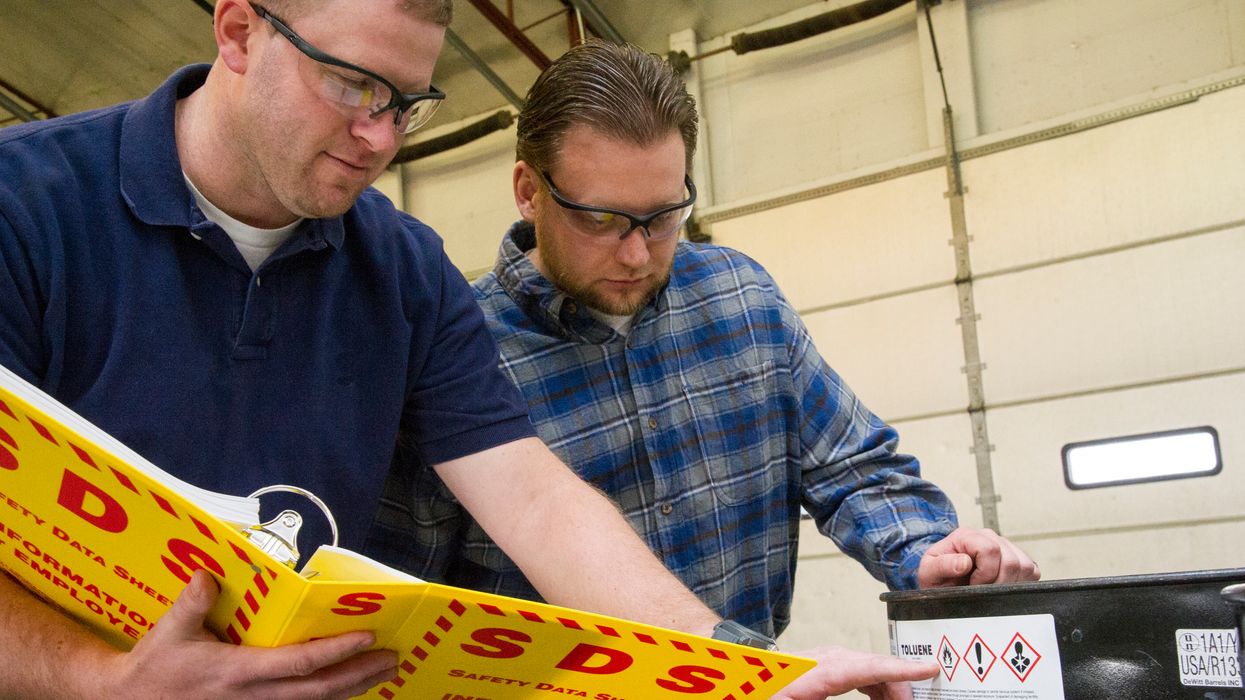NewsIndustry NewsHazard ClassificationsIndustrial HygieneSafety & HealthGeneral Industry SafetyIndustrial HygieneIn-Depth ArticleHazard CommunicationUSAEnglishFocus AreaHazCom Information and Training
HAZCOM — The ABCs of MWFs
2021-08-17T05:00:00Z
Metalworking fluids (MWFs) are oils and other liquids that cool and lubricate metalwork, specifically machinery. You need to know what MWFs are and how to protect yourself while you use them.
Classification station
To better understand MWFs, you need to know how to classify them. See the classification chart below.
| MWF Classification | Explanation |
|---|---|
| Straight oils | Also referred to as “neat” oil, not meant to be diluted with water. |
| Soluble oils | Usually highly refined petroleum oils and emulsifiers. |
| Semi-synthetic fluids | A mixture of oils, usually conventional and synthetic. |
| Synthetic fluids | Fluids that usually include detergent-like components. |
Hazard zone
If you don’t follow good hygiene practices, wear the proper PPE, or manage MWFs, you place yourself in a dangerous spot. Users who don’t take safety precautions can experience:
- Skin irritation;
- Allergic contact dermatitis;
- Irritation of the eyes, nose, and throat; and
- Breathing difficulties such as bronchitis and asthma.
MWF training center
Under the HazCom standard, your employer must train you on:
- Where SDSs are located.
- Where MWFs are used in your facility.
- Work practices that keep you safe from MWFs.
- Adverse health effects that are associated with MWF exposure and who you can report to if you experience symptoms.
- The PPE you need to use to limit your exposure to MWFs.
- Spill clean-up procedures and other emergency protocols.



















































